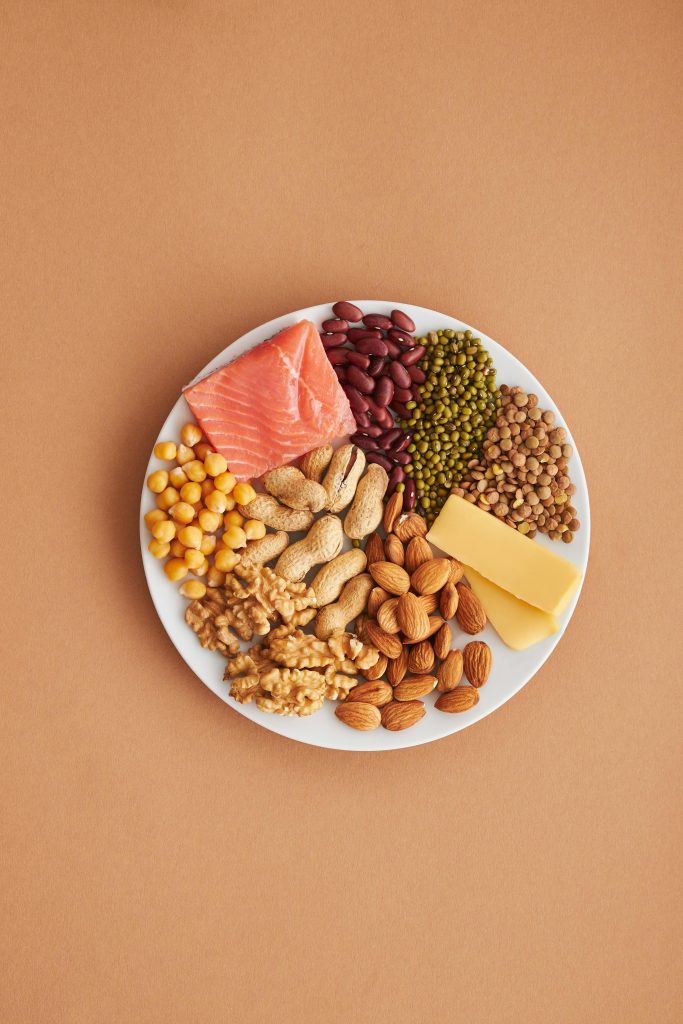In a world obsessed with trending diets and viral wellness hacks, ancient superfoods have managed to stay cool without even trying. They’ve been quietly thriving for millennia, proving that sometimes, old-school really is the best school. From the Peruvian highlands’ maca root to the tiny-yet-mighty chia seeds of Central America, ancient superfoods pack a nutritional punch that modern snacks just can’t match. Plus, they’ve got a backstory rivaling your favorite Netflix docuseries.
What Are Ancient Superfoods?
Let’s break it down: ancient superfoods aren’t just a fancy marketing term. They’re nutrient-dense powerhouses that have been fueling humans since long before kale got its PR upgrade. Think of them as the OGs of nutrition. Whether you’re looking for a midday energy boost, better digestion, or skin so glowing it blinds your Zoom coworkers, ancient superfoods have you covered.
These foods aren’t new to the party; they’ve been revered by civilizations for their mystical properties and health benefits. Spoiler alert: they’re not just good for you; they’re also the stuff of legends. Aztec warriors supposedly ate chia seeds to sustain them during battle, and maca was considered sacred by the Incas. If that doesn’t scream “eat me for greatness,” I don’t know what does.
Maca: The Ancient Superfood of the Andes
If ancient superfoods were celebrities, maca would be the enigmatic rockstar. This root vegetable, grown at dizzying altitudes in Peru, is as versatile as it is powerful. Maca comes in several varieties—yellow, red, and black—each with its unique set of superpowers.
Why it’s amazing:
Maca is loaded with vitamins, minerals, and amino acids. It’s known for boosting energy, enhancing mood, and, rumour has it, spicing things up in the romance department. That’s right—maca isn’t called “Peruvian ginseng” for nothing.
How to use it:
Blend it into your smoothie, stir it into oatmeal, or sprinkle it on yogurt. Just don’t expect it to taste like candy—its earthy, nutty flavour is more “natural health guru” than “dessert enthusiast.”
Join Our Mailing List
Register now to get our hints and tips newsletter directly to your inbox
Chia: The Seed That Multitasks
Ah, chia seeds—the tiny but mighty MVPs of ancient superfoods. These little guys were once a staple for the Aztecs and Mayans, and it’s easy to see why. They’re a nutritional goldmine, packed with omega-3s, fiber, and protein. Plus, their ability to absorb water and form a gel-like consistency makes them perfect for puddings, drinks, and, yes, Instagram-worthy breakfast bowls.
Why it’s amazing:
Chia seeds are the ultimate multitaskers. Need hydration? They swell up to 12 times their weight in water. Want to feel full longer? Their fiber content has got your back. They’re basically the overachieving student of the superfood world.
How to use it:
Mix them into your morning smoothie, sprinkle them on salads, or make chia pudding by combining them with almond milk and a dash of vanilla. Warning: they might stick to your teeth, so check the mirror before your next Zoom meeting.
Spirulina: The Mermaid of Ancient Superfoods
If spirulina had a Tinder bio, it would read: “Blue-green algae, world’s oldest organism, living my best life for 3.5 billion years.” Spirulina is one of the most nutrient-dense foods on the planet, offering protein, iron, and antioxidants in spades. It’s the kind of ancient superfood that makes you feel healthy just by looking at it.
Why it’s amazing:
Spirulina has been called the “superfood of the sea,” but its benefits aren’t limited to mermaids. It’s great for detoxifying, boosting immunity, and even enhancing endurance. And did we mention it’s a complete protein? Take that, quinoa.
How to use it:
Powdered spirulina is perfect for adding to smoothies, juices, or energy bars. Fair warning: its taste can be… assertive. Pair it with tropical fruits to mask the oceanic vibe.
Quinoa: The Ancient Grain That’s Actually a Seed
Quinoa might seem like a modern health trend, but it’s actually been around for thousands of years. Known as the “mother of all grains,” it was a sacred crop for the Incas. Fun fact: it’s technically a seed, not a grain, which makes it gluten-free and Paleo-approved.
Why it’s amazing:
Quinoa is a complete protein, meaning it contains all nine essential amino acids. It’s also high in magnesium, iron, and fiber. Basically, it’s the overachiever of ancient superfoods.
How to use it:
Use quinoa as a base for salads, mix it into soups, or swap it for rice in your favorite dishes. Bonus: it cooks faster than you can say, “Wait, how do you pronounce this?”
Turmeric: The Golden Child of Ancient Superfoods
Turmeric isn’t just the reason your curry glows like the sun—it’s a medicinal marvel that’s been cherished for centuries in Ayurvedic and Chinese medicine. Its active compound, curcumin, is a powerful anti-inflammatory and antioxidant.
Why it’s amazing:
Turmeric is like that friend who’s good at everything. It fights inflammation, boosts brain function, and even helps your skin glow. Plus, it’s got a bright yellow hue that screams “health goddess.”
How to use it:
Add it to curries, soups, or lattes (hello, golden milk!). Pair it with black pepper to enhance curcumin absorption—because even ancient superfoods need a little help sometimes.
Why Ancient Superfoods Are Still Relevant Today
You might wonder why ancient superfoods have stood the test of time while other health fads fade faster than 90s boy bands. The answer is simple: they work. Unlike modern snacks loaded with unpronounceable ingredients, ancient superfoods are pure, simple, and effective. They’re a reminder that nature knows best—and sometimes, less really is more.
How to Incorporate Ancient Superfoods into Your Diet
Feeling inspired? Here are a few easy ways to bring ancient superfoods into your modern life:
- Smoothie Power-Up: Toss some maca, spirulina, and chia seeds into your morning smoothie. Instant upgrade.
- Golden Milk Nightcap: Wind down with a warm turmeric latte. Your gut will thank you.
- Superfood Salad: Add quinoa and a sprinkle of chia seeds to your greens. Bonus points if you drizzle it with spirulina dressing (if you’re brave).
- Dessert Reinvented: Chia pudding topped with cacao nibs is the guilt-free treat you didn’t know you needed.
Conclusion: A Love Letter to Ancient Superfoods
Ancient superfoods aren’t just a wellness trend; they’re timeless treasures with the nutritional credentials to back up their legendary status. Whether you’re channeling your inner Inca with maca or embracing Aztec energy with chia, these foods are more than just fuel—they’re history on your plate. So, go ahead and indulge in some ancient wisdom. Your body—and your taste buds—will thank you.




